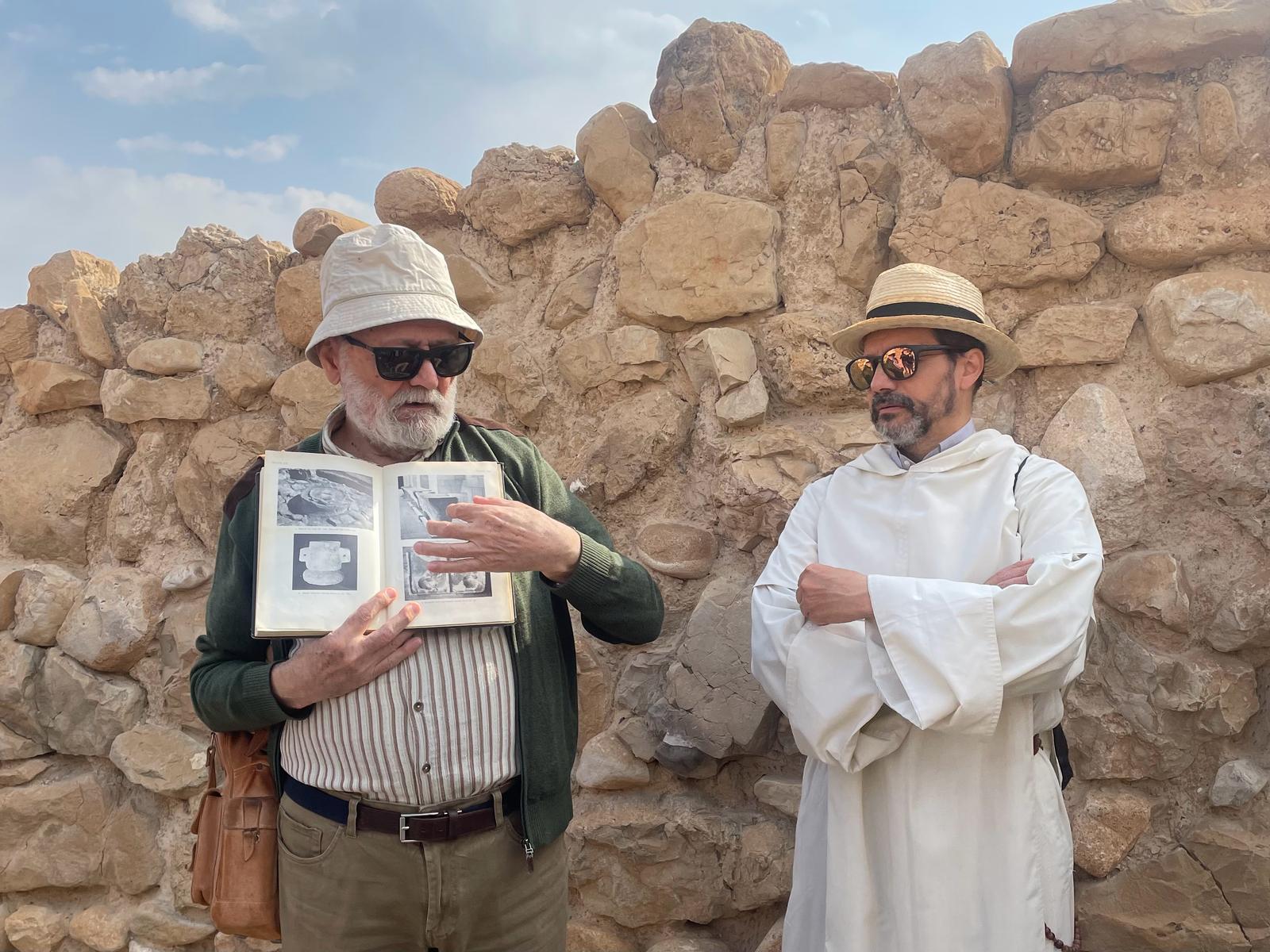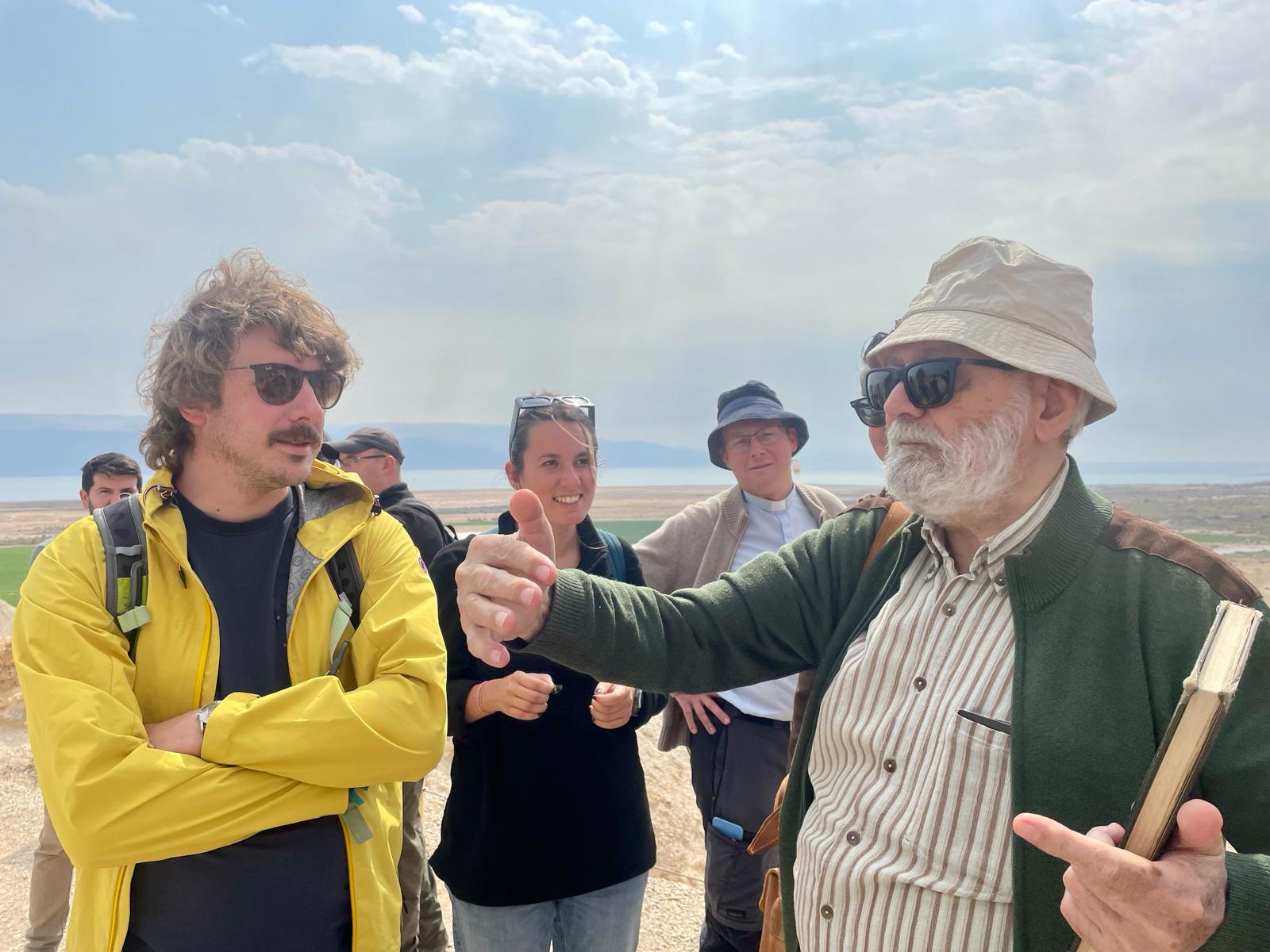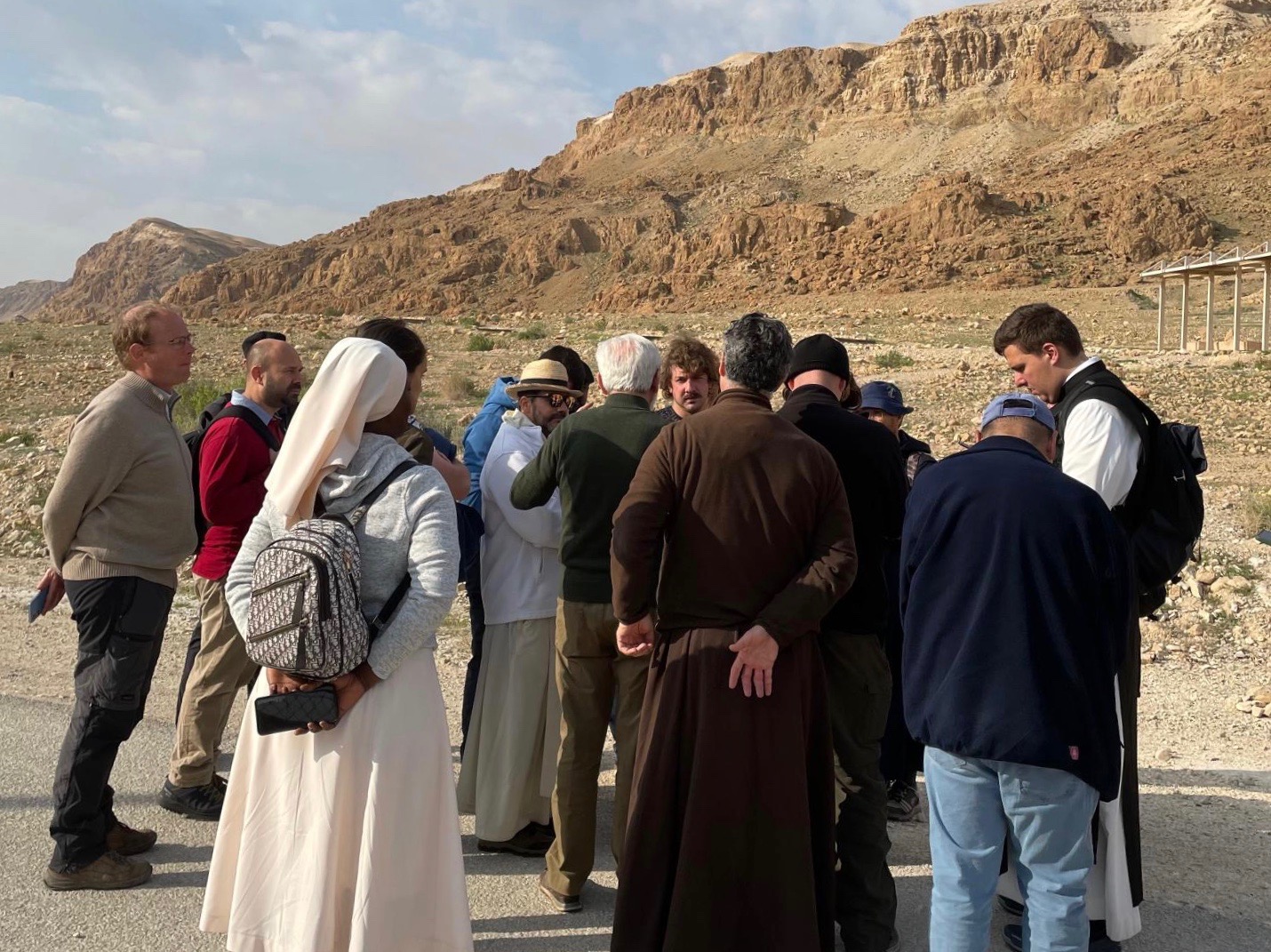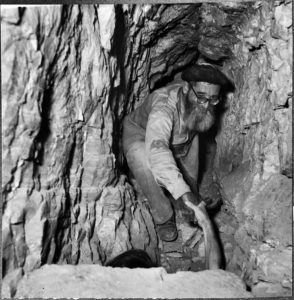Faithful to its vocation of studying the Bible in the physical and cultural context in which it was written, the École Biblique et Archéologique Française de Jérusalem played a leading role in the discovery and excavation campaigns carried out at Qumran. Here we take a brief look at the research that has enabled us to renew our knowledge of the Essenes, the history of the region and the beginnings of Christianity…
Made up of a series of terraces at the foot of the cliffs overlooking the Dead Sea, Qumran marks the eastern entrance to the Judean desert. Numerous natural caves line the slopes, alternating with those dug by human hands. The Qumran excavations brought together two types of finds: manuscripts discovered in the caves and the remains of a settlement: Khirbet Qumran. The manuscripts speak of the beliefs of Jewish populations in antiquity, while the other testify to the way of life of these communities.
In 1947, Bedouins discovered eight jars in good condition and some debris, as well as seven leather scrolls covered with strange signs. The scrolls passed from the hands of a cobbler to those of antique dealers, before finally becoming the property of the Hebrew University of Jerusalem for three of them and that of Monsignor Samuel, the Syrian Orthodox archbishop of Jerusalem for the other four.
Until 1956, this phenomenon was repeated, with Bedouins discovering new caves and selling the manuscripts to antiquarians. Eleven caves containing some 981 ancient manuscripts were uncovered in Qumran. Gerald Lankester Harding, Director of Jordan’s Department of Antiquities, and Fr Roland de Vaux, Director of the École Biblique et Archéologique Française and Administrator of the Palestine Archaeological Museum, deserve credit for the purchase and preservation of the vast majority of these pieces. Together with EBAF archaeologists, he led the successive excavations of the site from 1949 to 1956. He was the first editor of the official publication of the manuscripts.
The Dominican D. Barthélémy and Father J.T. Milik were responsible for analysing the first fragments, under the direction of Roland de Vaux, who set up an international and interdenominational research and study team. As the oldest research centre in the Holy Land and the only institution capable of carrying out this titanic task, the School lived up to the trust placed in it by the Jordanian authorities.
Father Émile Puech, Director of Research Emeritus at the CNRS, Professor Emeritus at the ÉBAF and a world-renowned specialist in the Dead Sea Scrolls and the history of Qumran, still shares the story of this fascinating site. He explains: “These texts constitute invaluable documentation on the Hebrew Bible, ancient Judaism in all its diversity, and the currents of thought at the effervescent time when Christianity was taking root. These texts were unearthed in an uncertain and boiling Palestine, as the British mandate over the territory was coming to an end and the United Nations General Assembly was considering partitioning the country into two states, Arab and Jewish.
All the elements were there to make Qumran an exceptional archaeological site that still fascinates exegetes, archaeologists and historians today. Once again this year, despite the hazards of war, the EBAF students were able to sample its mysteries.
“Those who have so often pitched their tents at the foot of the cliffs or on the plateau of Qumran will always be nostalgic for this astonishing landscape of austere grandeur, in which the past has been reassembled piece by piece under their hands”. Roland de vaux
 |
 |
Father Emile Puech with students at the Qumran site

